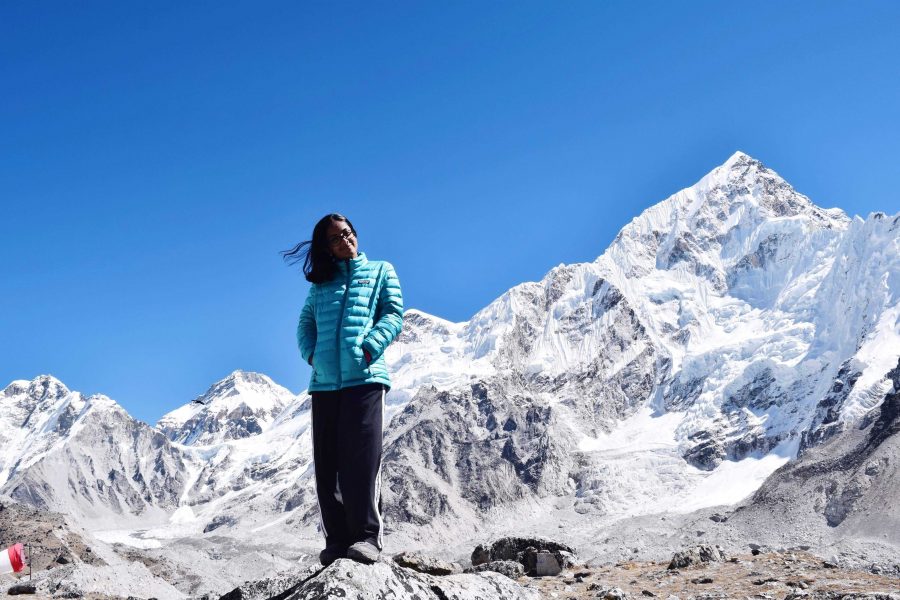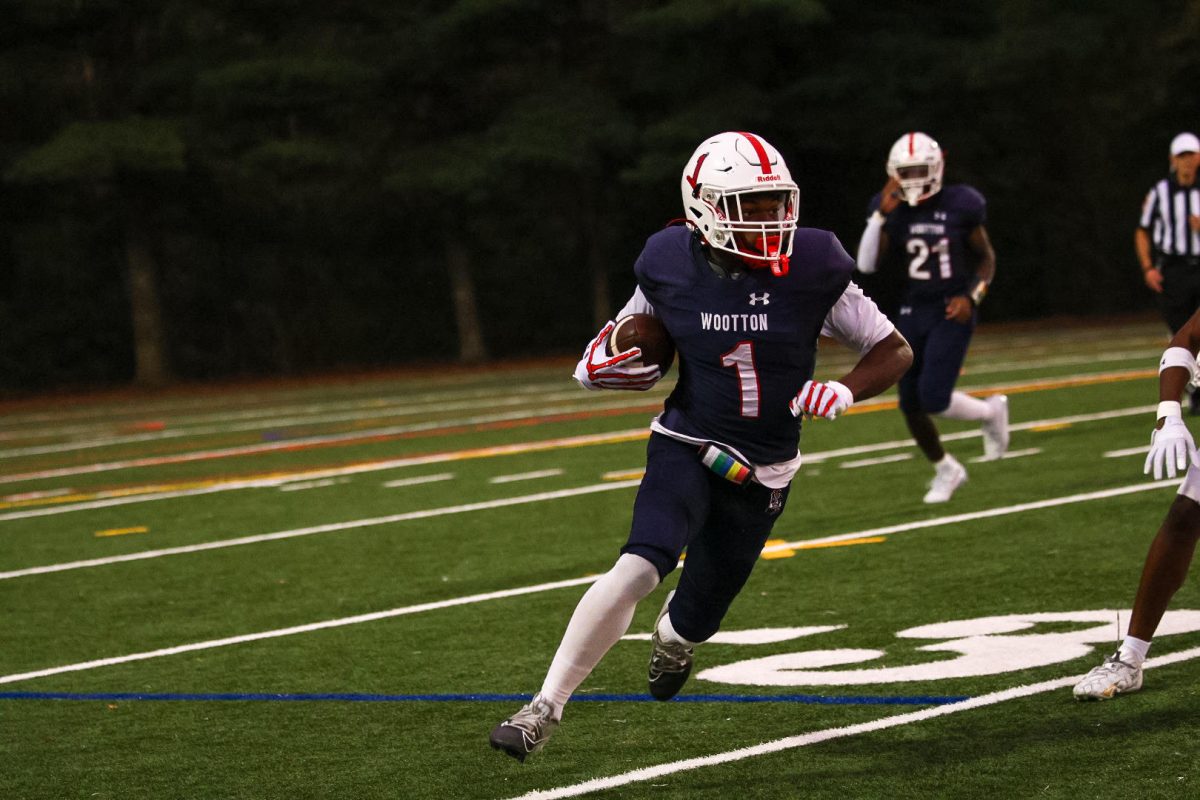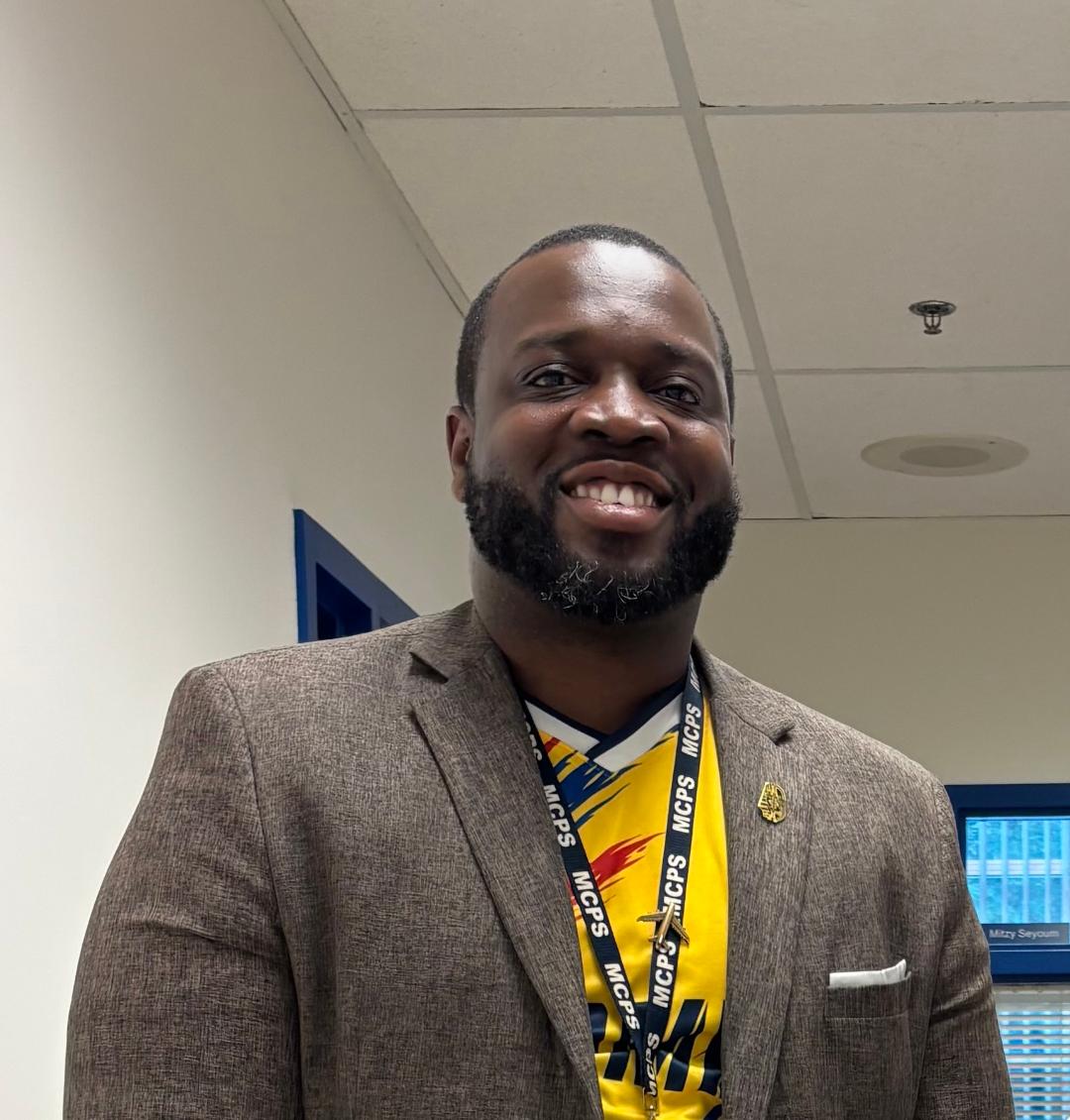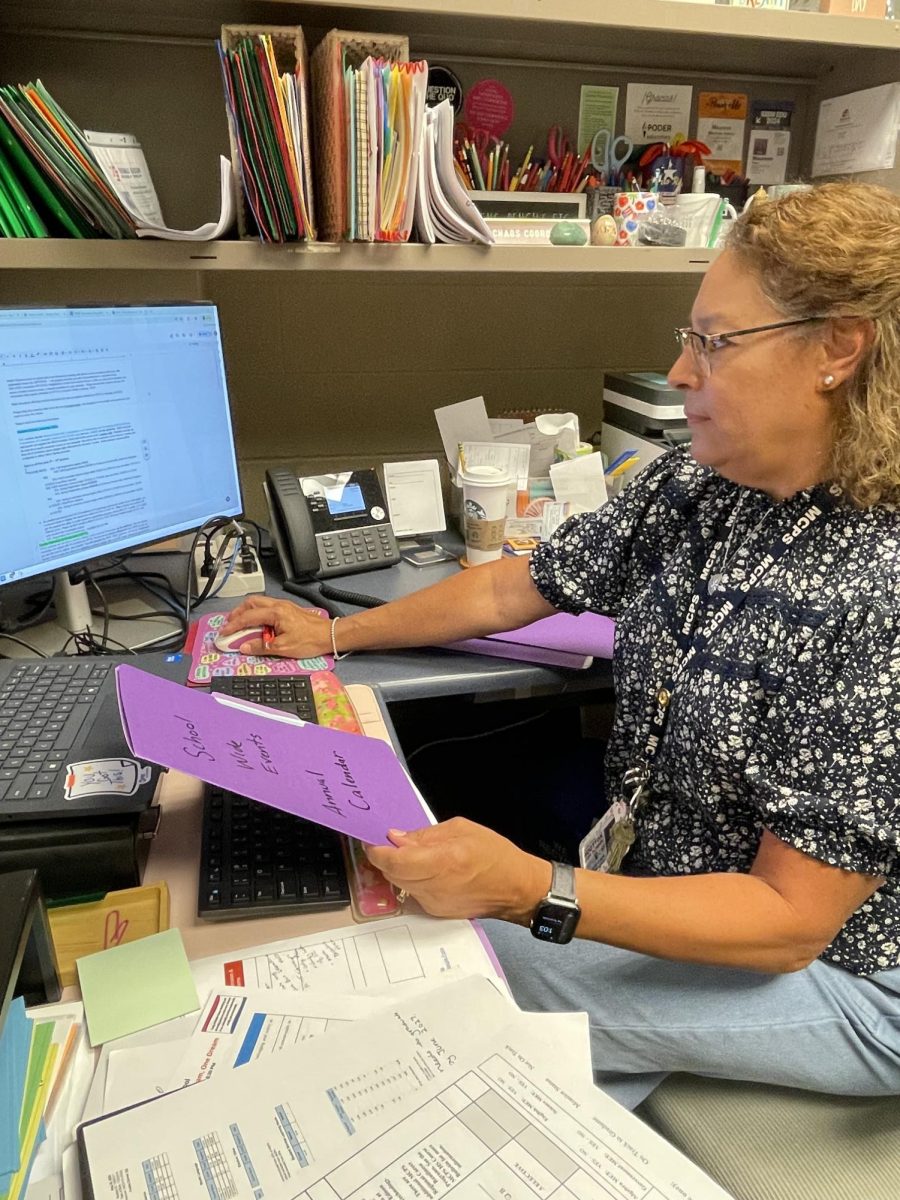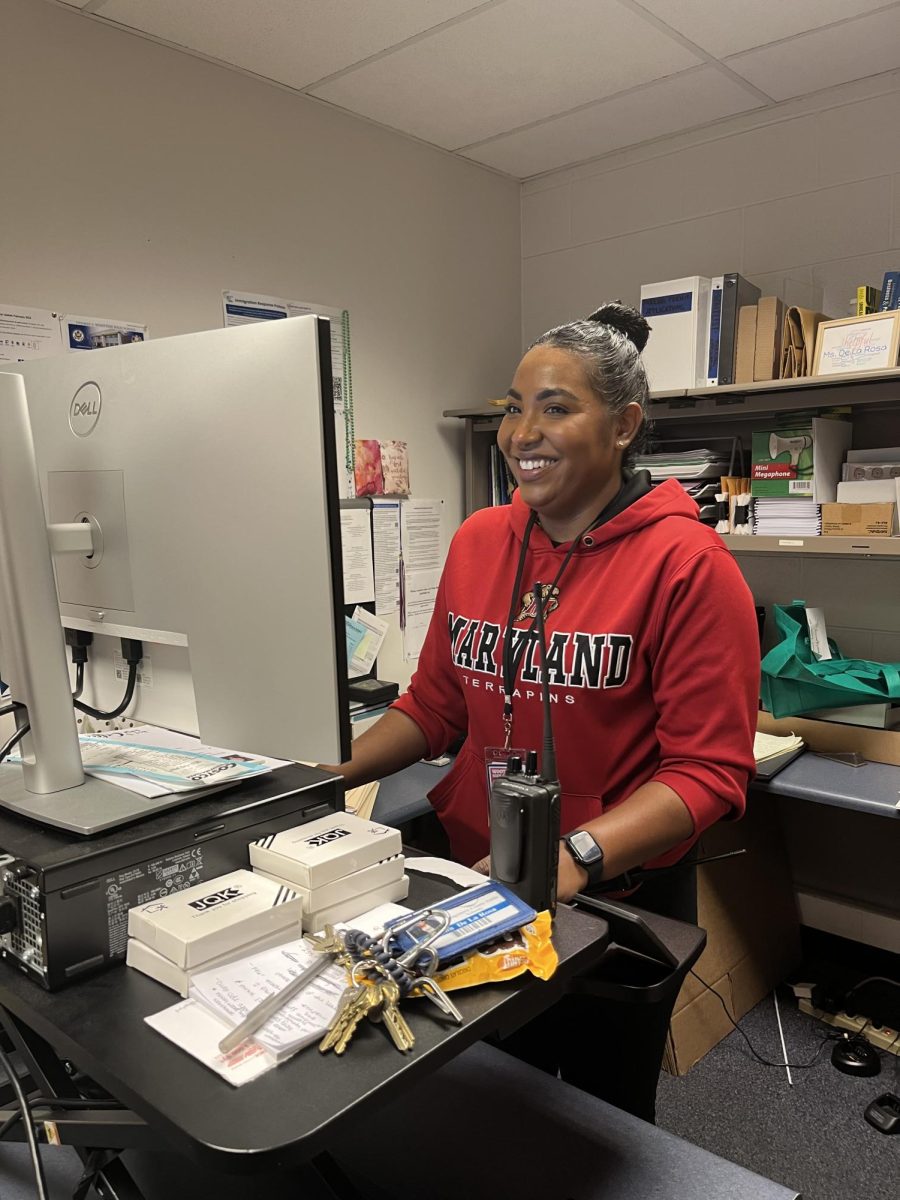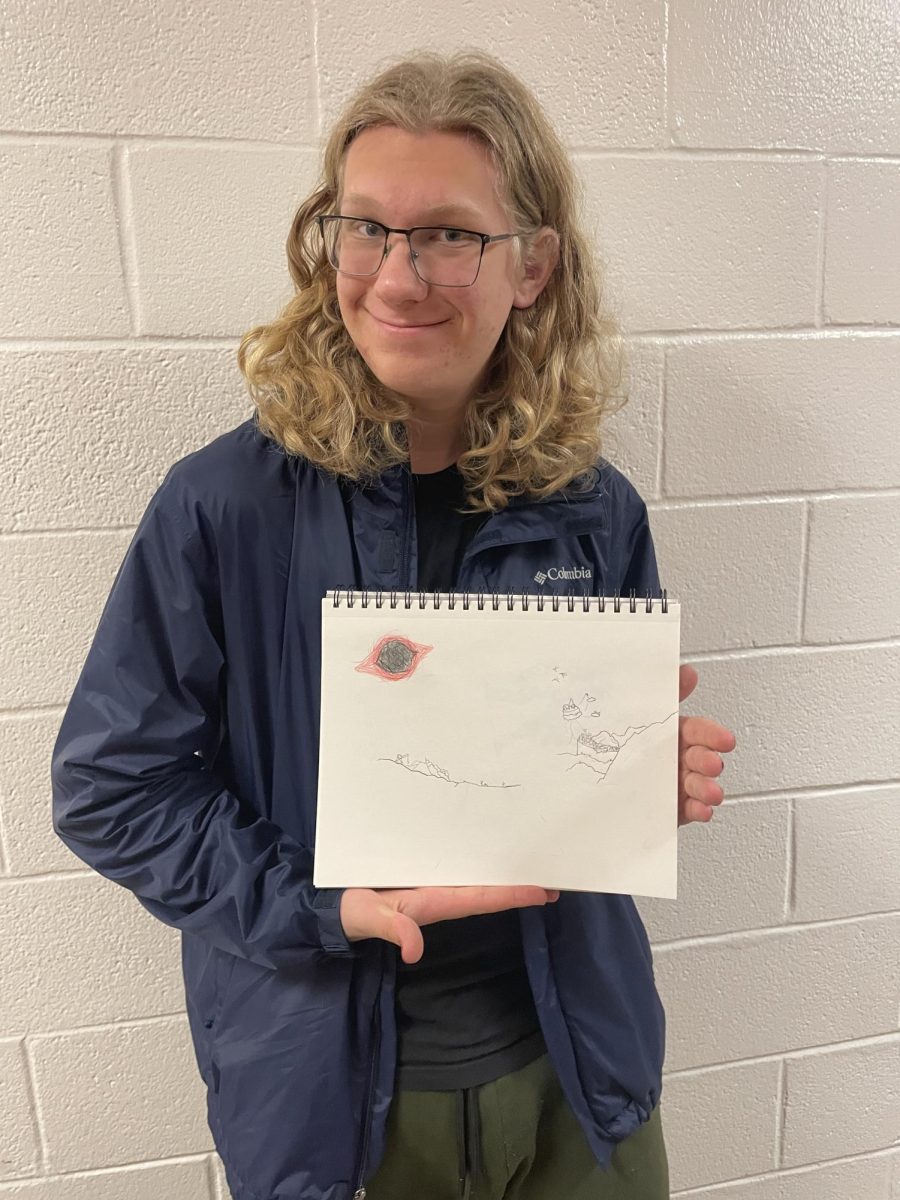When you think about mountains, Mount Everest, Mount Fuji and Mount Kilimanjaro will come up. Amongst these top three most famous mountains, Mount Everest is the tallest mountain in the world, standing at a whopping 29,029 feet above sea level
Climbing to the top of Mount Everest is a rare feat to accomplish, but people who want to experience climbing the mountain at much less of a risk will do the Mount Everest Base Camp Trek. Standing at a height of 5,364 feet, fewer than 30,000 people go to the Base Camp Trek each year. Junior Jaanavi Selvaraj is one of the few.
Originally, Selvaraj’s dad and his friends wanted to go to Mount Everest to complete their bucket list, but it garnered a lot of excitement so Selvaraj and her mother decided to go too. Selvaraj climbed with a big group of 20 people including three guides. The climb to the Mount Everest Base Camp took nine days to get there but it only took three days back. “It took three times as long to get there because we stopped at two different places to acclimatize and adjust to the higher altitude. At each acclimatizing stop, we went on little day hikes to adjust,” Selvaraj said. “The way back was much easier since it was downhill so we covered two to three days of distance in one day.”
As they got higher in the mountain, the greenery was gradually replaced by snow and the temperature got significantly colder, so they had to continually put more layers on. Throughout the climb and descent, Selvaraj and her group stayed in hotels along the way. Selvaraj climbed five to seven hours per day, getting one hour for lunch. During their climb, the view was breathtaking. “Looking around, we were surrounded by white puffy clouds floating below, mountain peaks were scraping the sky and there were yaks everywhere,” Selvaraj said.
The pathway to the Mount Everest Base camp was clearly labeled so it was safe. Despite the path being known to be safe, Selvaraj trained for months prior to going to Mount Everest. “I would absolutely recommend people to climb Mount Everest but I strongly suggest they train and prepare well for it beforehand. For a couple months before, I went on hikes often, even eight-hour ones. I hiked on all the hardest trails on Virginia, Sugarloaf and Robertson Mountain to prepare myself,” Selvaraj said.
On day six, Selvaraj got sick. “I think I started throwing up because I ate this pancake. I had to go to a hospital which was 45 minutes away. After I got fresh air, I felt a lot better,” Selvaraj said. “I am lucky I recovered fast and did not get altitude sickness because the air was indeed quite dry and cold.”
The entire trip took Selvaraj 16 days, so she had to miss two-and-a-half-weeks of school. “This trip was definitely worth missing a few days of school since it was a once-in-a-lifetime opportunity and I will never have that chance again,” Selvaraj said. “All the teachers were really nice about it. I was excused from a lot of homework because this trip was my off-campus experience for the H&A Program. I made up all my quizzes and tests at lunch and it took me about the same amount of time I was gone for.”
Selvaraj learned a lot and was able to gain a new perspective after this trip. She realized how privileged people here are compared to how little the people of Nepal had. “They did not have clean running water so in order for us to drink it, we had to use filtration tablets,” Selvaraj said. “They also had to go very far in order to go to school and receive an education. They took nothing for granted and were so nice and welcoming.”
Reflecting on the moment she finished the climb, Selvaraj felt accomplished. “This trip exceeded my expectations. I did not think the views would be as cool. I was the only kid in the group so I did not think it was going to be as fun as it was. Overall, it was a very memorable trip,” Selvaraj said.
Hannah Ho
Back Page Editor


